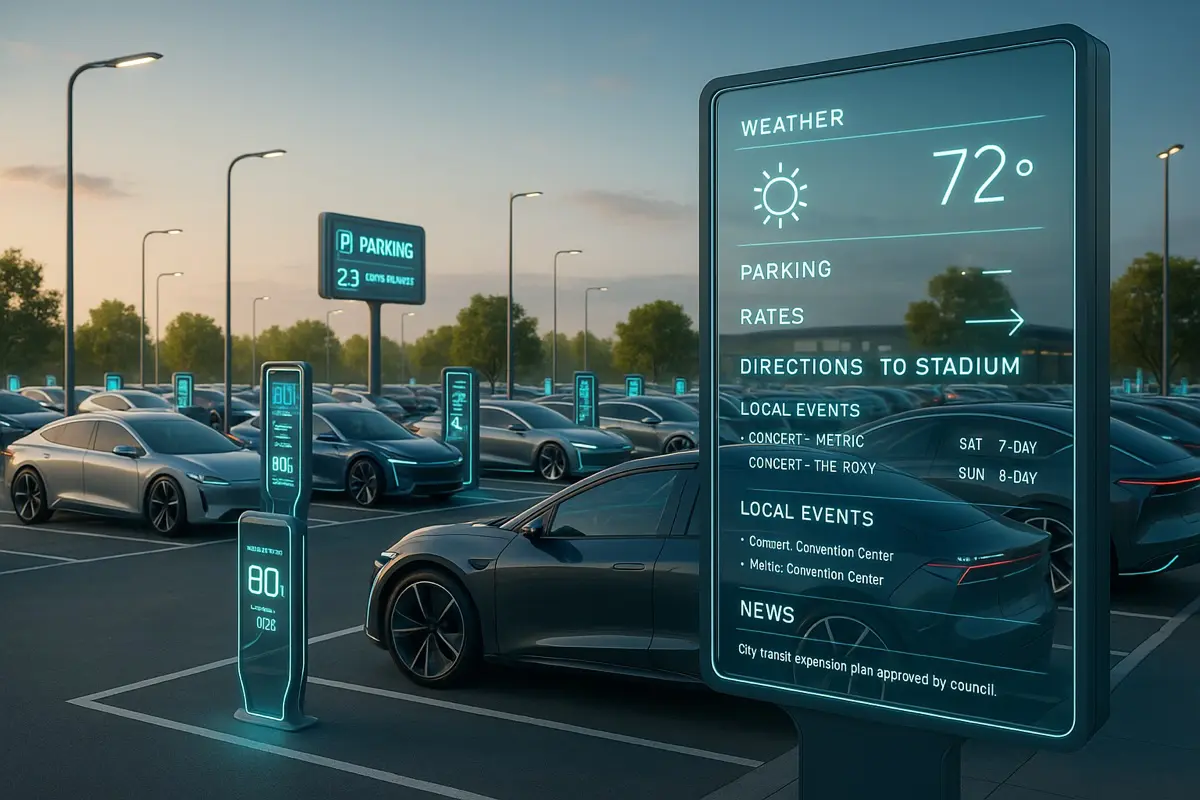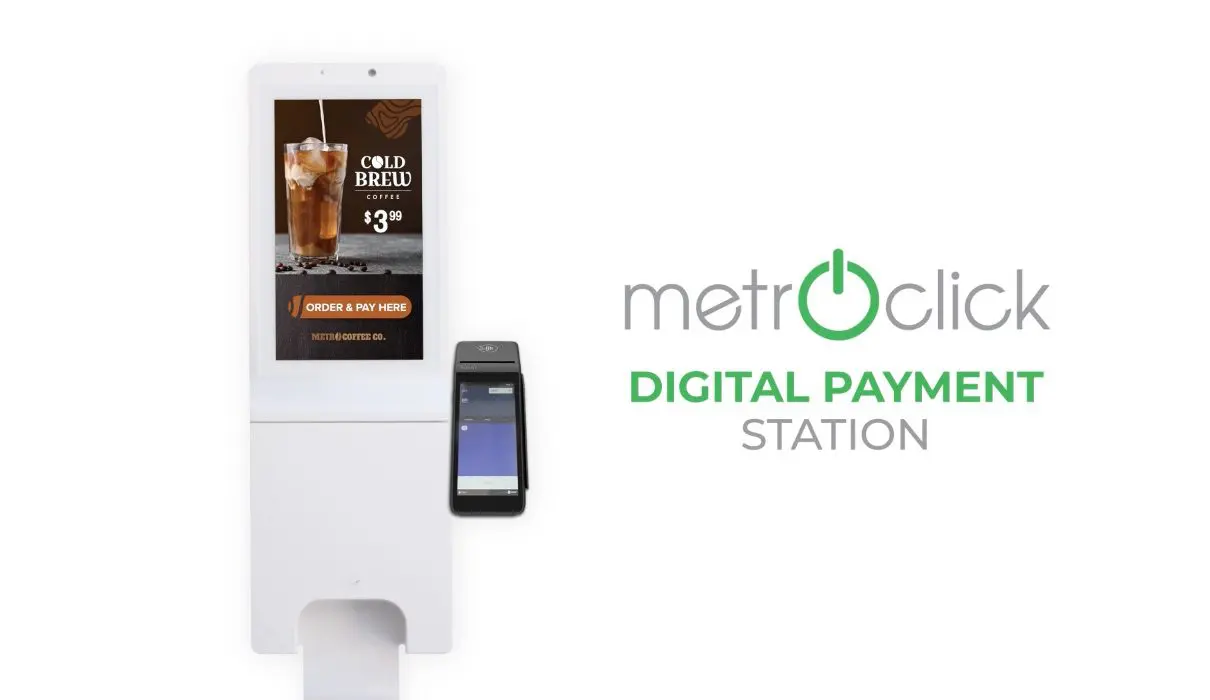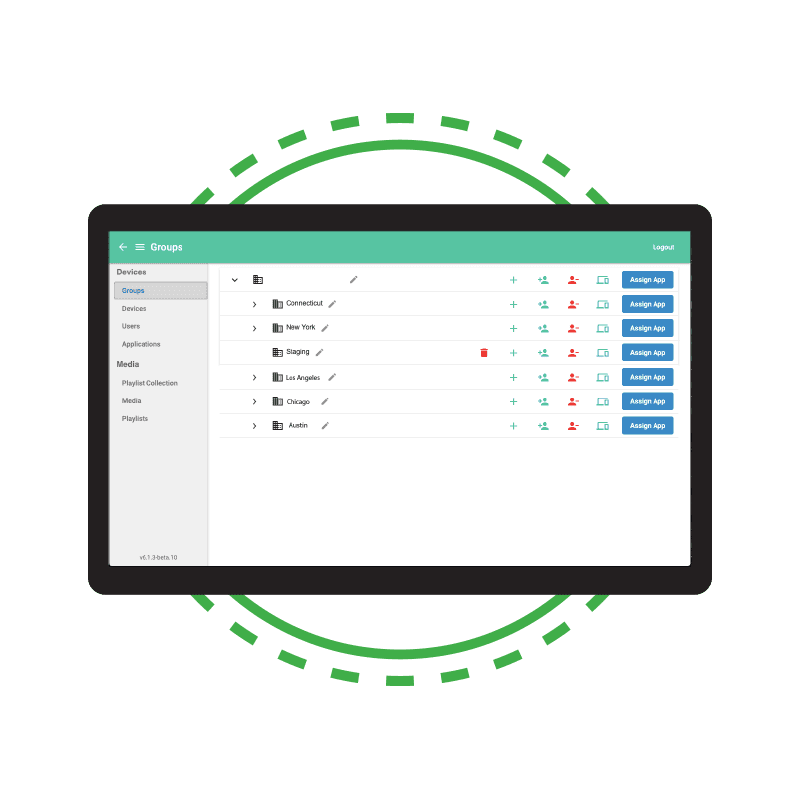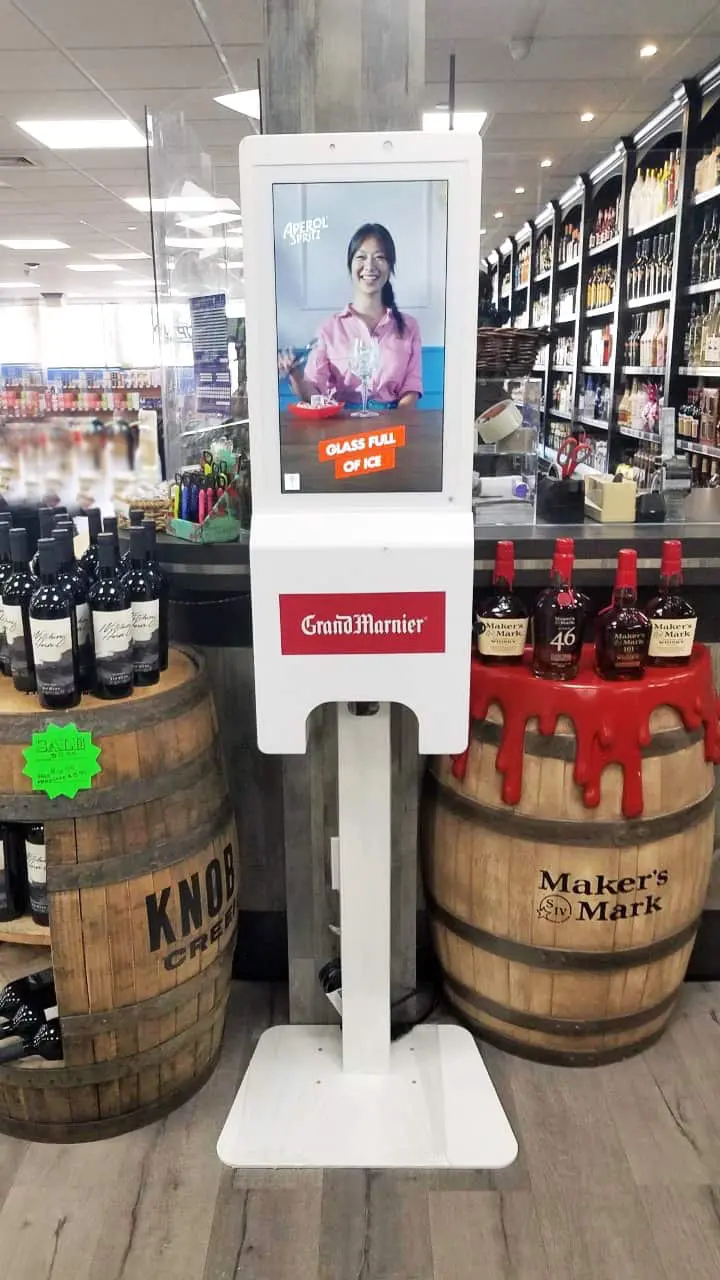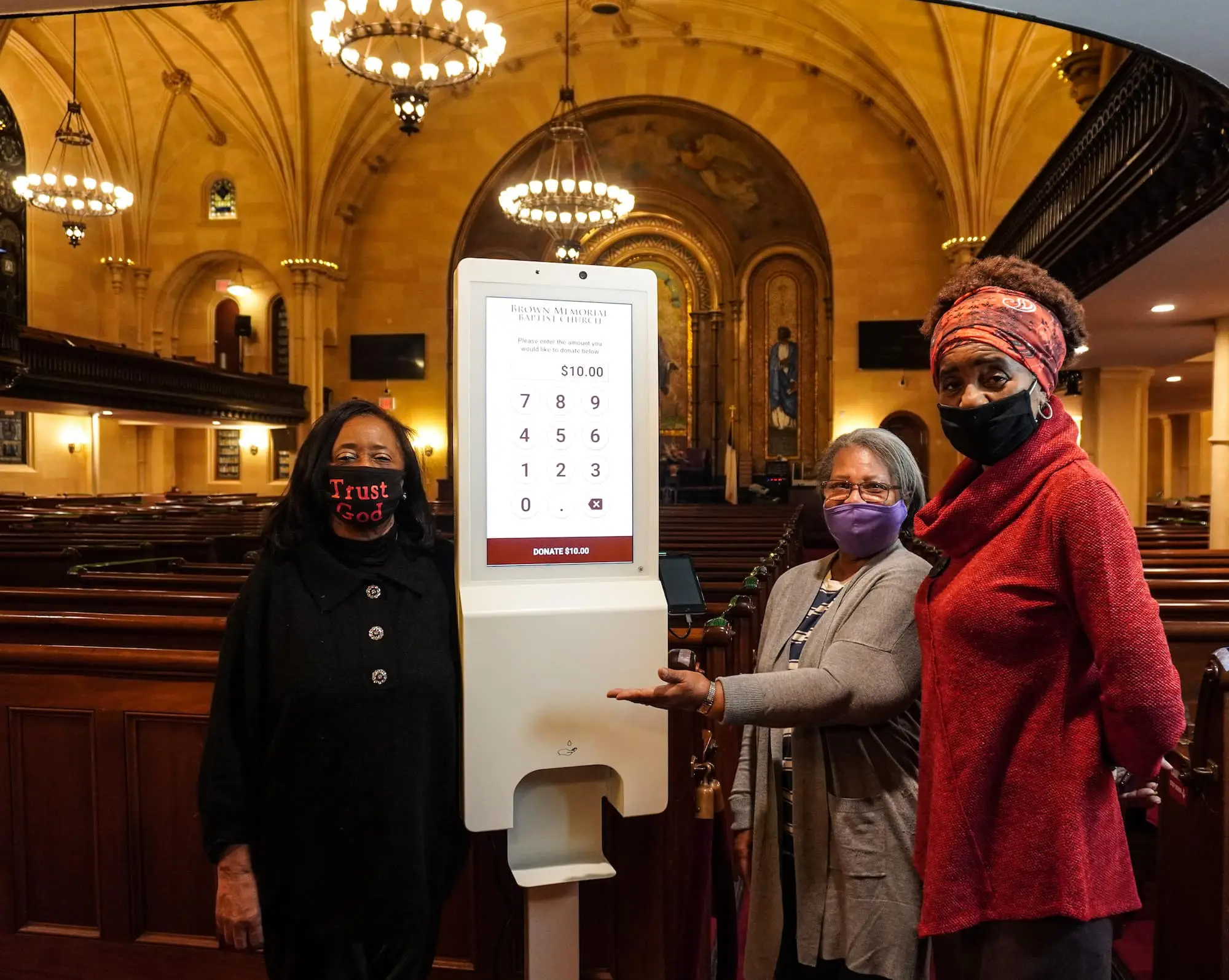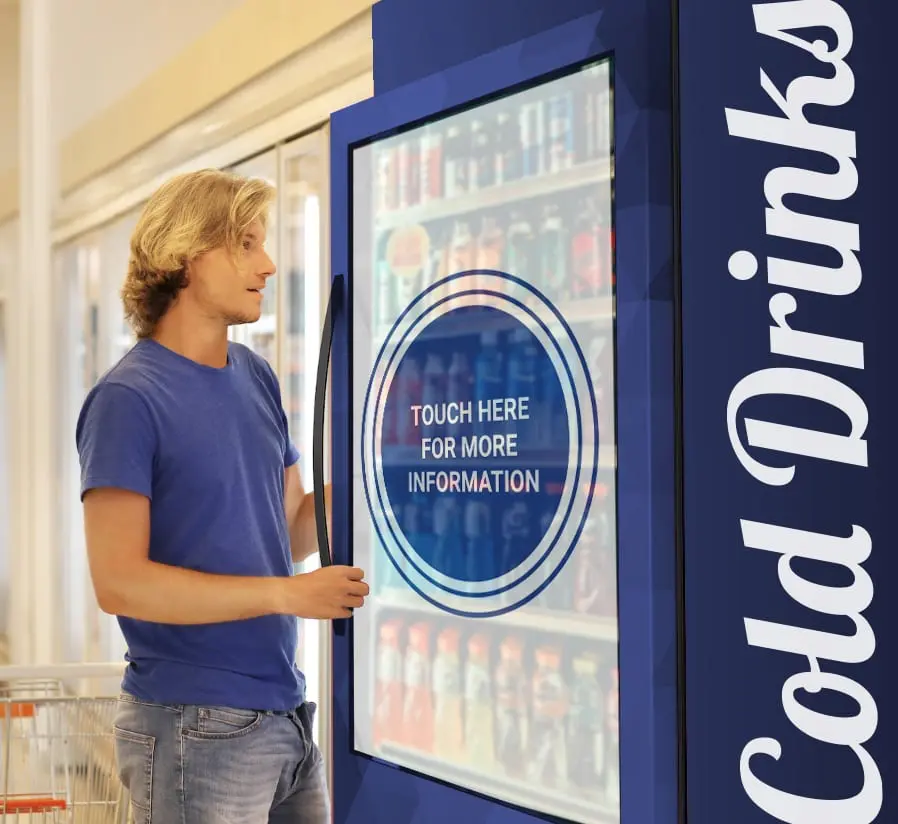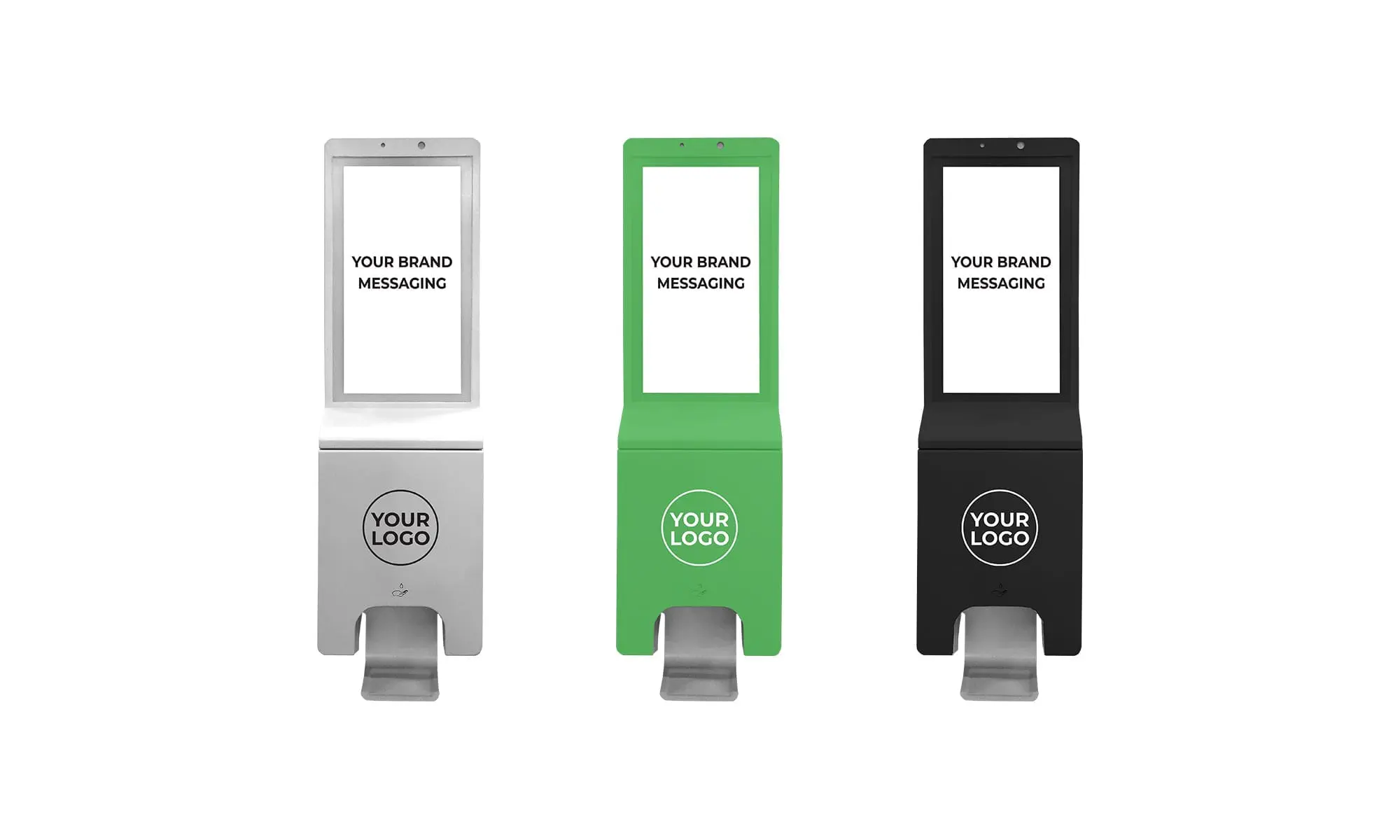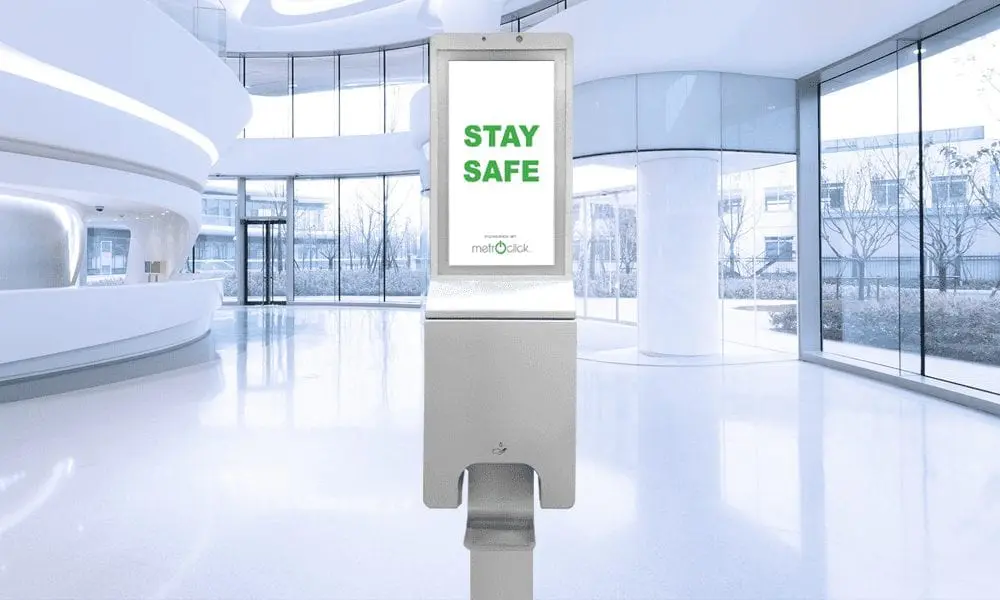While many industries were and continue to be hit hard with the rise in online shopping, the toy industry was completely upheaved, marked by the fall of retail behemoth Toys R’ Us. But a strange outlier existed in the toy industry: FAO Schwarz. After closing for a couple of years, the iconic toy store has come back with a #ReturntoWonder store in Rockefeller Center, restoring a holiday tradition for thousands of people as a children’s play haven.
What makes FAO Schwarz an outlier in the otherwise crumbling retail toy store sector is the fact that it’s not just a retailer–it’s a wholly interactive play space for children, creating immersive experiences that engage them with the toys. The effect this has in driving sales is immense, as the children’s joy is clearly demonstrated to purchasing parents as they play in the store.
Take the famous FAO Schwarz Big Piano mat, a staple of its old store, which drew visitors from around the world to the store to walk across the piano keys while looking over Rockefeller center. Like an exhibit, it became an Instagram sensation, accruing thousands of mentions on social channels with the store’s reopening.
Lego does this extremely well, too. Their prime retail locations (i.e., 3500 sq. ft. space in Manhattan’s flatiron district) is one massive lego creation space equipped with digital screens that enable children to follow live video instructions of how to build them at home.
This concept of engaging and connecting to products in store extends far beyond the toy industry and child-age customers. Any retailers that are selling products that require imagination to use them, whether it’s clothing, accessories, crafts, or food, would do well to spark inspiration and creative ideas with interactive, engaging content that excite customers while still on the brink of purchase decisions.



